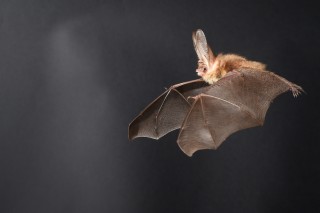Mapping Extinct Brains
Scientists scanned preserved brains of extinct Tasmanian tigers in an attempt to better understand their behavior and life history.

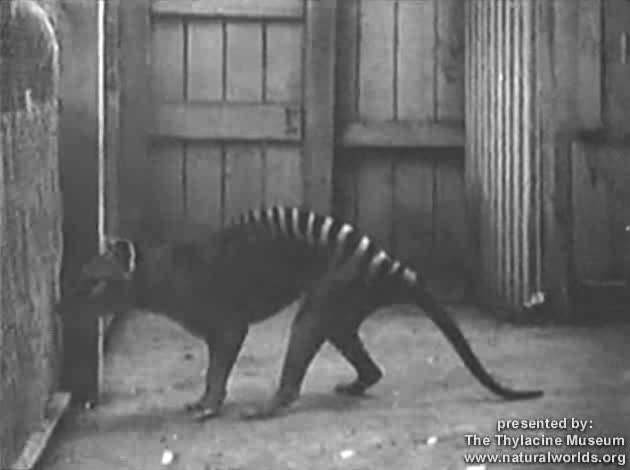
Scientists scanned preserved brains of extinct Tasmanian tigers in an attempt to better understand their behavior and life history.
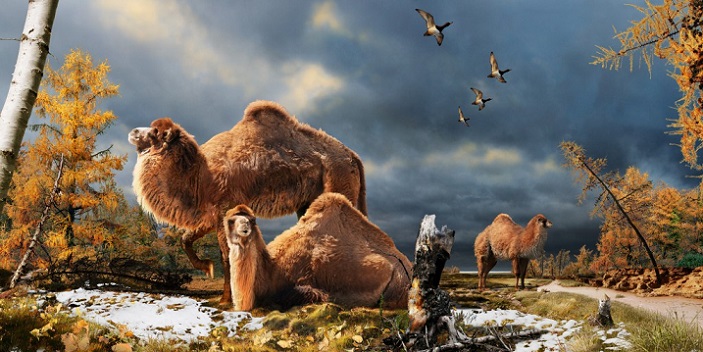
Camels seem perfectly suited to life in the desert, but they may have evolved those traits in the high Arctic.

Chemical analysis of poached ivory reveals that elephant slaughter is massive and recent.
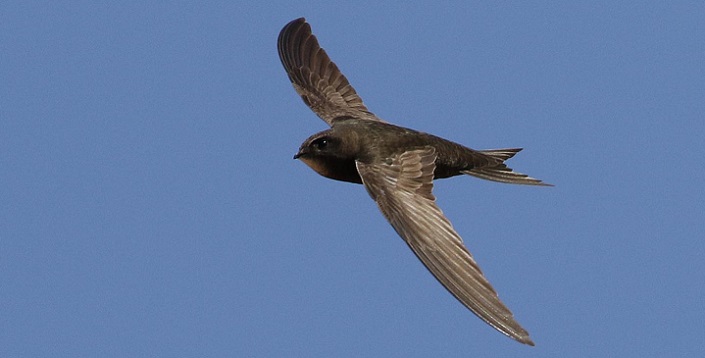

Across the globe, humans have selected pigs with genetic mutations for black coats.
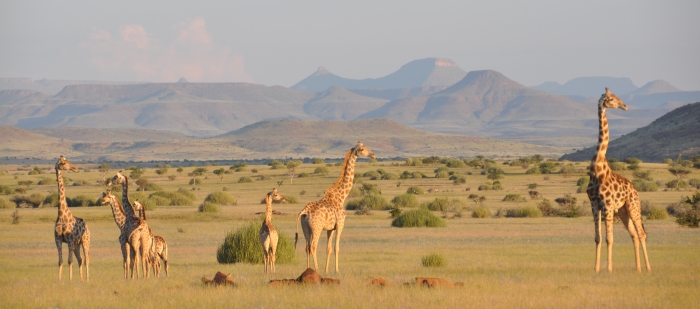
A DNA analysis reveals that giraffes make up four different species instead of just one.
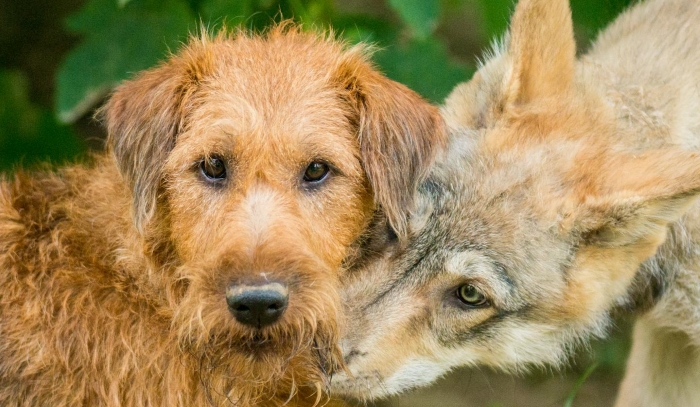
Does their divergent evolution affect risk-taking behavior in dogs and wolves?

Market forces have recently converted large areas of sensitive North American prairies to cropland.
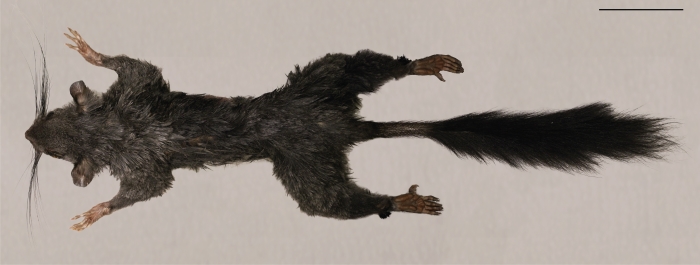
Scientists search for an arboreal African rodent that’s changed little in over thirty million years.
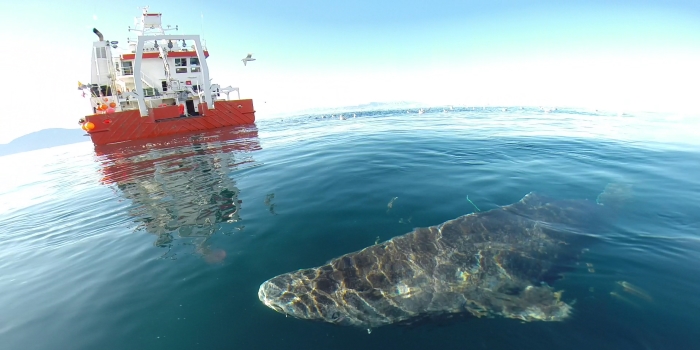
The longest-lived vertebrate hangs out in the frigid waters of the North Atlantic.
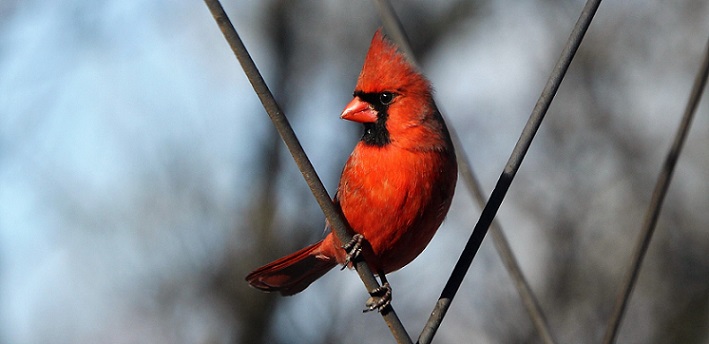
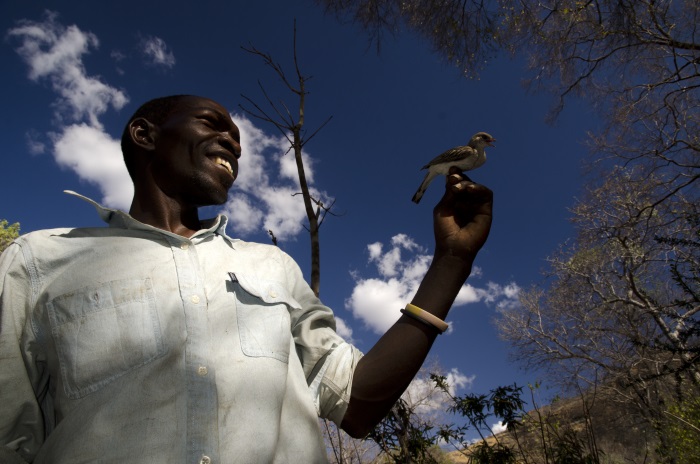
African honeyhunters use a special call to get birds to lead them to the location of hives full of nutritious honey.
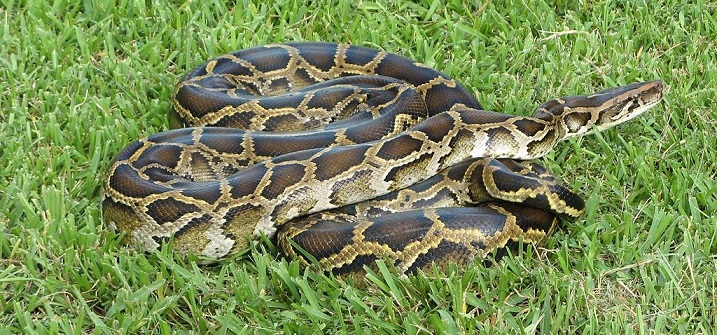
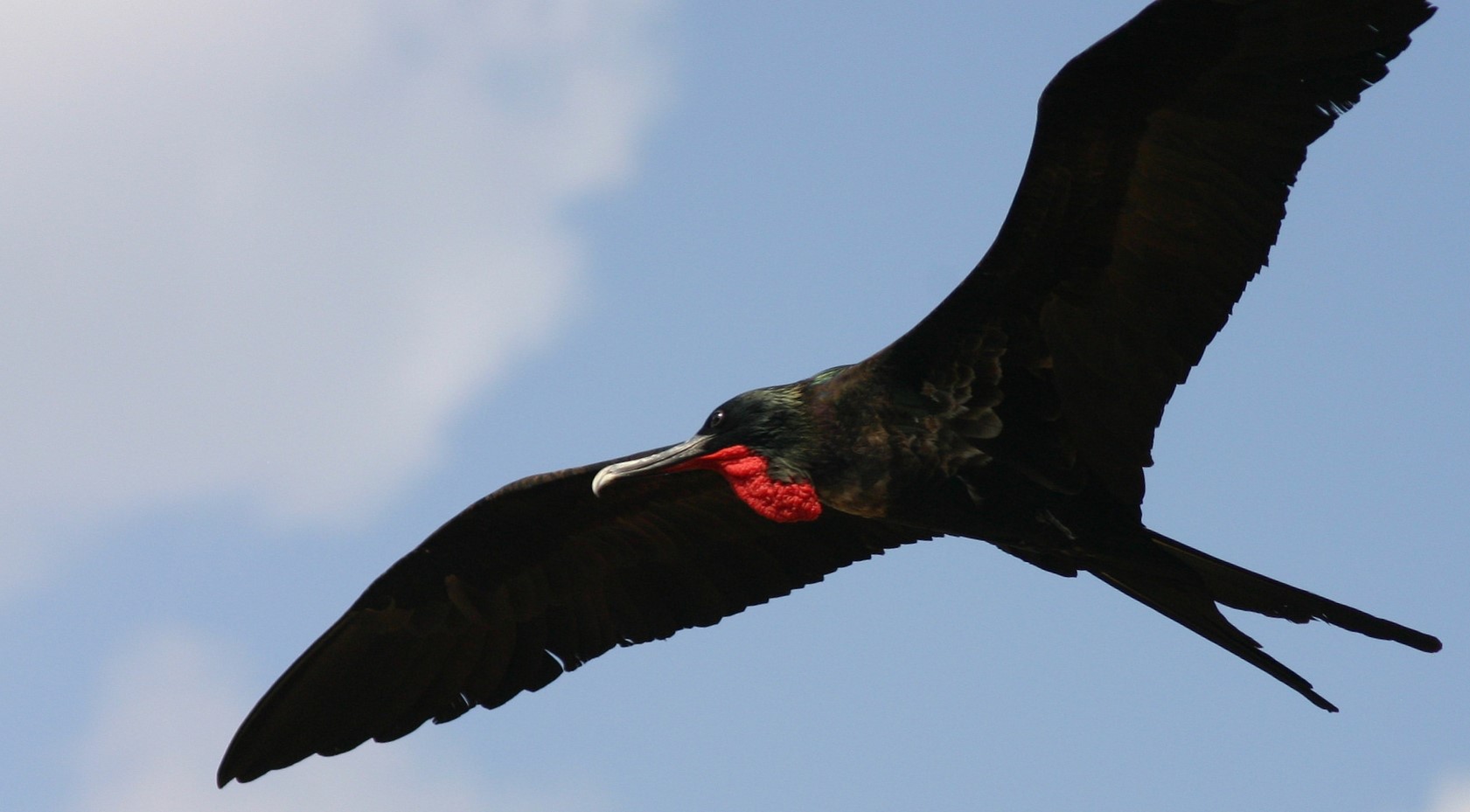
Solar transmitters on ocean-going frigatebirds reveal how they keep aloft for months at a time.
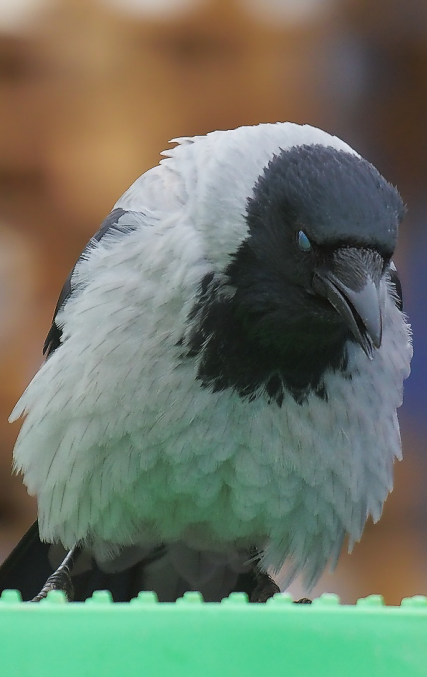
How do crows and other birds calculate the risks and benefits of human-dominated urban environments?
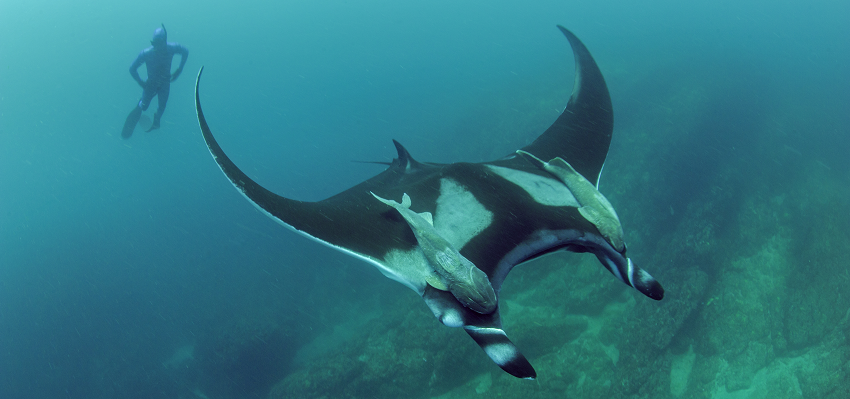
Oceanic manta rays don’t migrate long distances like other large sea creatures.
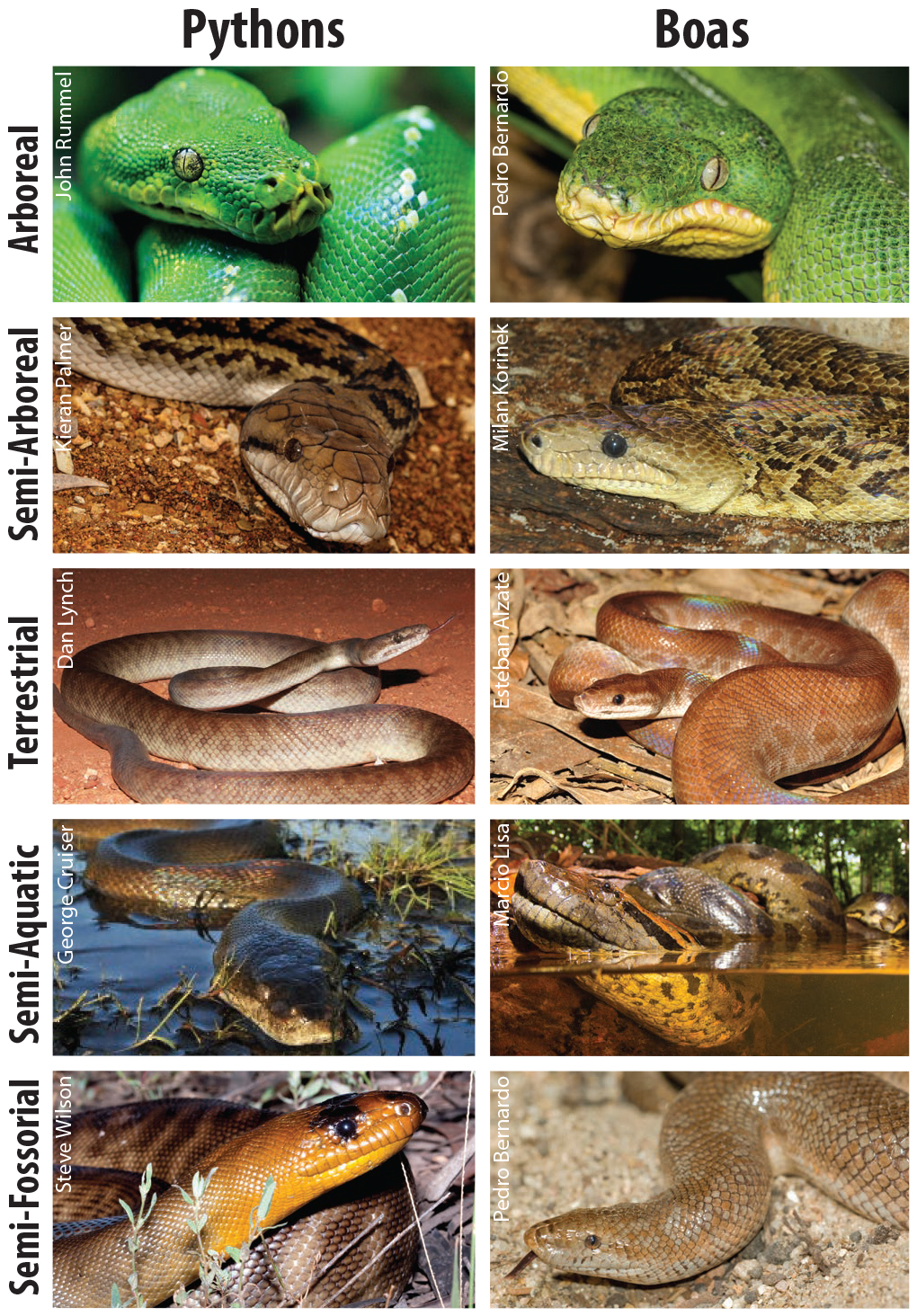
Some unrelated snake species have evolved major similarities even though they live halfway around the world from each other.
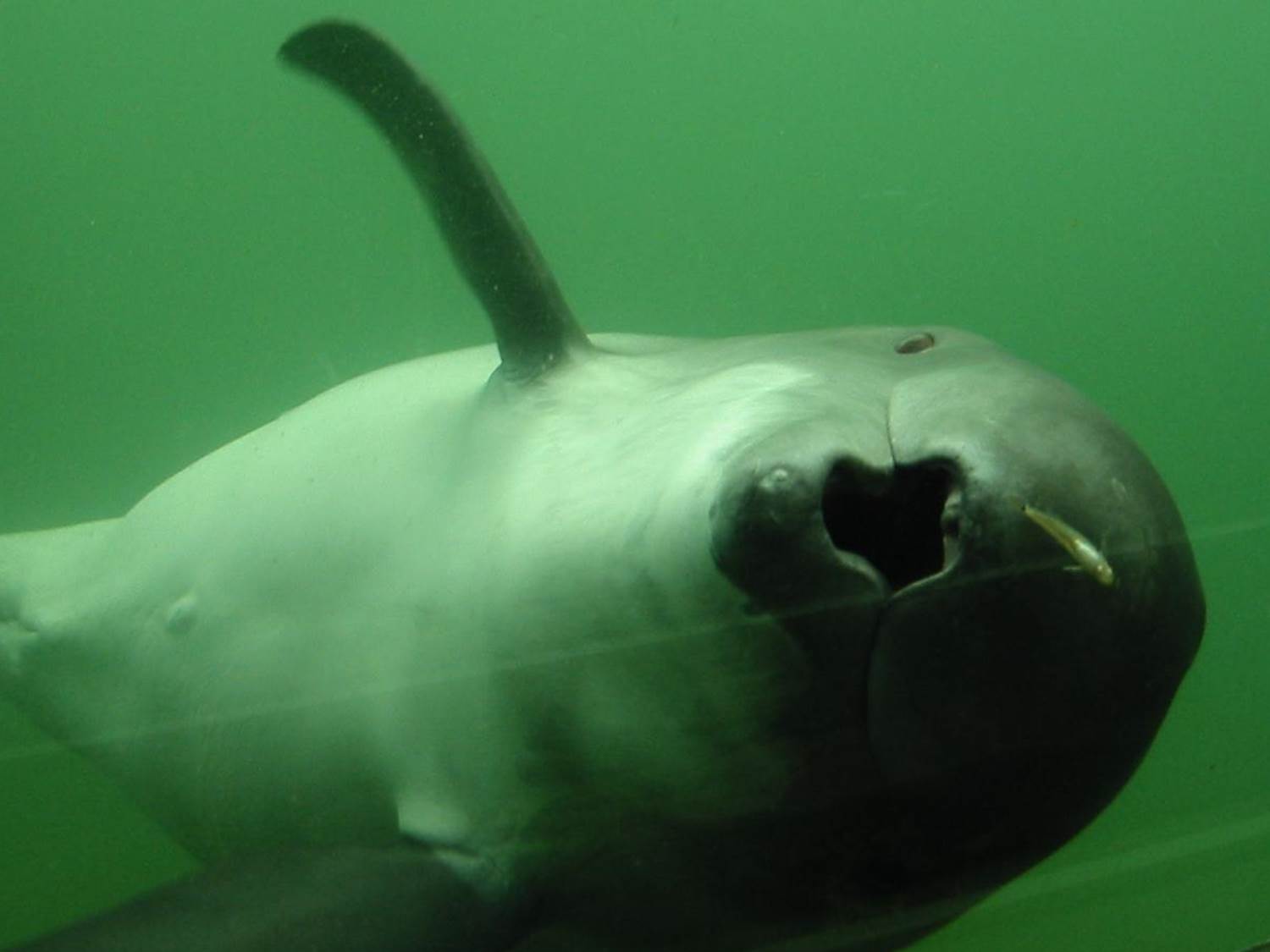
Harbor porpoises are championship hunters, eating nearly constantly day and night.

Rattlesnake venom is more potent against local ground squirrels than those from other locales.
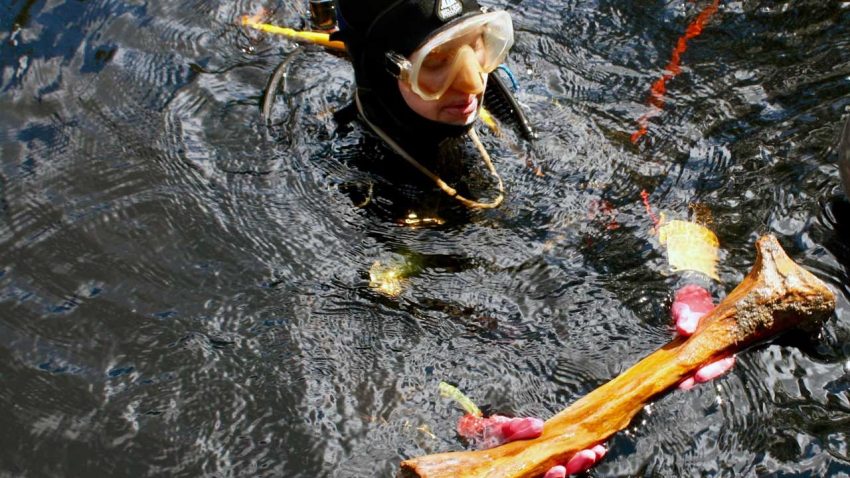
New evidence confirms that a prehistoric archaeological site in Florida is one of the continent’s oldest.
